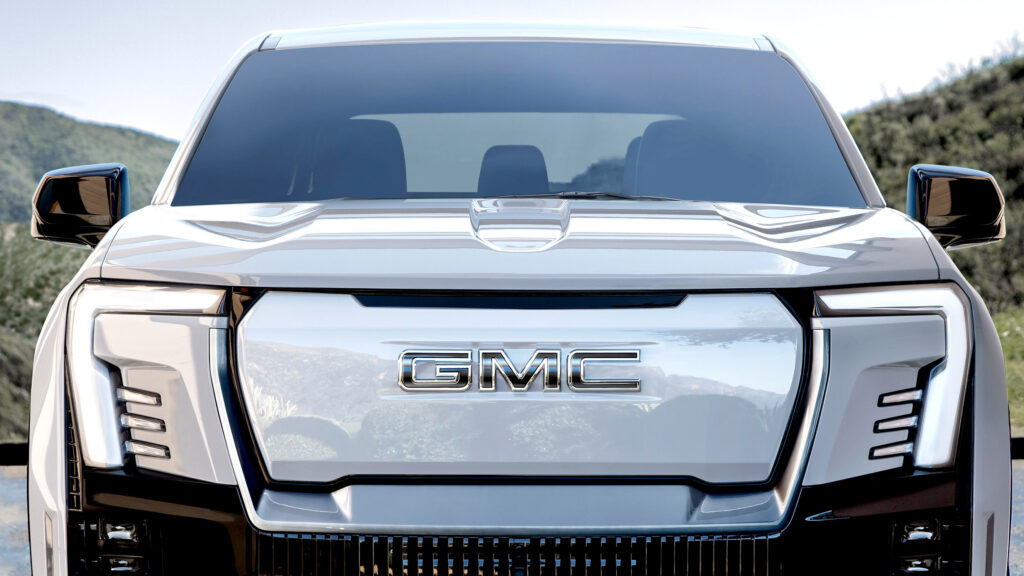Think The 2025 Celestiq Was Expensive? 2026 Says That’s Cute

- Cadillac’s 2025 Celestiq sold out, driving early demand for 2026 models.
- The 2026MY adds eight years of connected services and a smart glass roof.
- Each Celestiq’s final price depends on every buyer’s bespoke choices.
Even among high-end electric cars, the Cadillac Celestiq stands apart, an attempt to show how far American luxury can go when price isn’t part of the equation.
Some people doubted whether Cadillac’s all-electric Celestiq could ever justify its staggering price tag. For 2025, it started at around $340,000 before options, which made even luxury rivals look modest.
Yet despite the skepticism, Cadillac has already sold out of its 2025 allocation and is now taking orders for next year.
Also: Captain America’s Custom Cadillac Celestiq Is Dividing The Internet
For 2026, that figure climbs another 20 percent into the “low $400,000s,” again before you’ve had the chance to select anything bespoke.
Cadillac told Automotive News that the higher price reflects additional standard features, including eight years of connected service. Fair enough, if you’ve paid at least $400,000 for a high-tech machine, you wouldn’t expect to be billed again just to use its software.
As was the case for 2025MY sedans, the final price will depend entirely on the client’s level of curation. Essentially, each and every Celestiq is a bespoke creation unlike any of the others. That means the $400,000-plus price tag is just the starting point.
“The bespoke spirit of Celestiq extends to transaction price and will be determined by the client’s level of curation,” a Cadillac spokesperson told Autonews in a statement.
They’re all made by hand at GM’s Global Technical Center in Warren, Michigan, at a pace of less than two per day and buyers work one-on-one with Cadillac’s concierge team to personalize the car.
The company capped production for 2025 at just 25 units. It’s unclear how many it’ll build in 2026, but it did say that there are no more available reservations for 2025 examples.

Interestingly, Cadillac says it’s streamlining the design process. For example, selecting interior colors outside the streamlined palette triggered individual cost adjustments for 2025 cars. For 2026, one price includes all interior color choices, including those outside the normal selection.
More: Cadillac Delivers The Very First Celestiq EV
The first Celestiq rolled of the production line went to its owner in June of this year. The brand is no doubt hard at work to get the rest of the 2025 model year cars to their respective owners. As time goes on, it’ll be fascinating to see if the Celestiq gains a true foothold in this ultra-rarefied segment or not.








